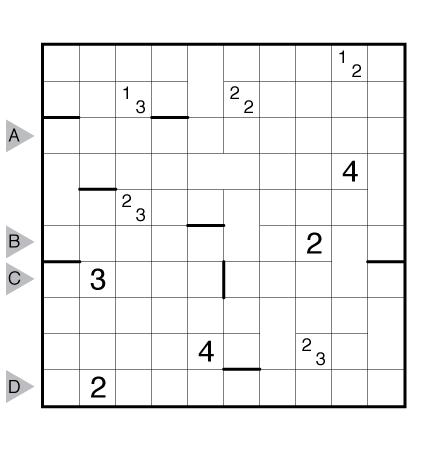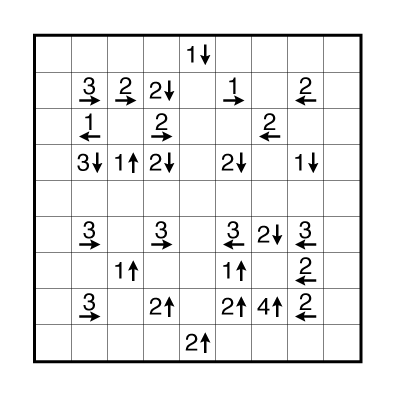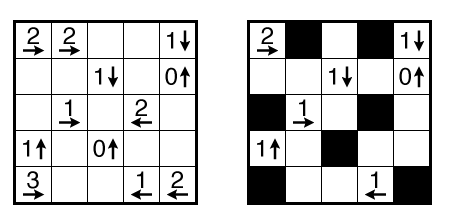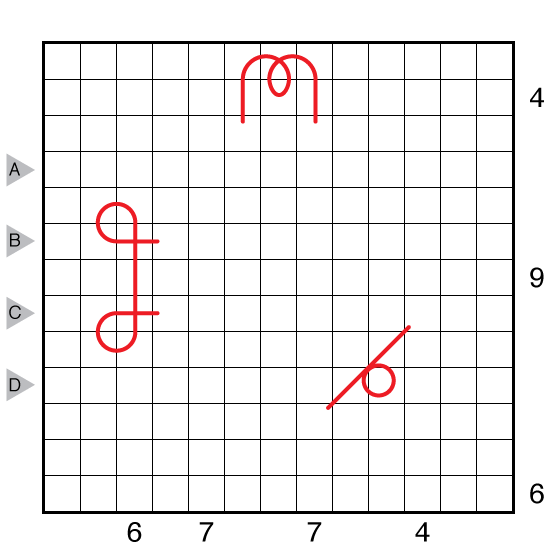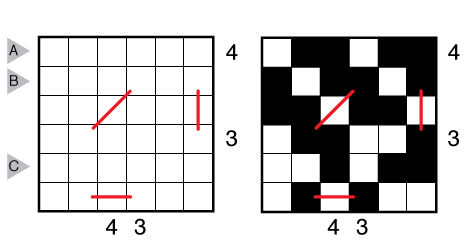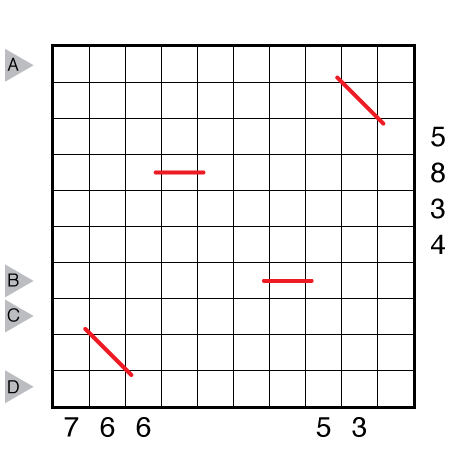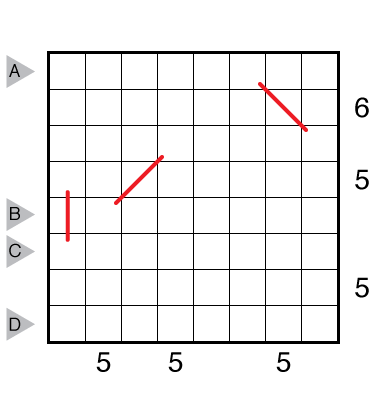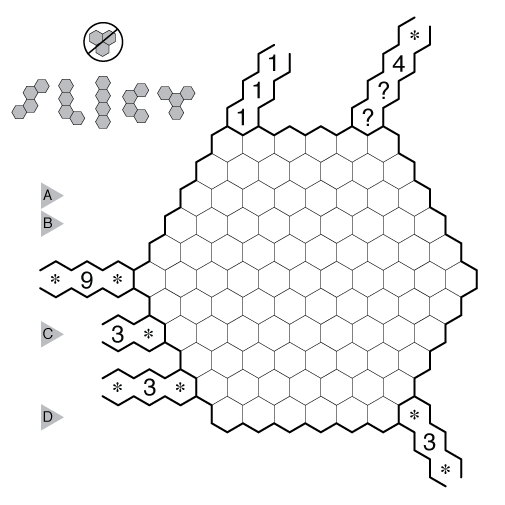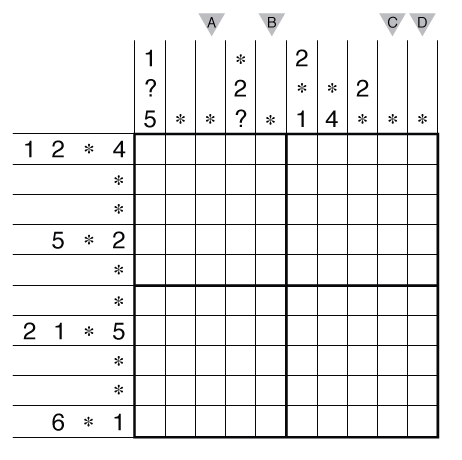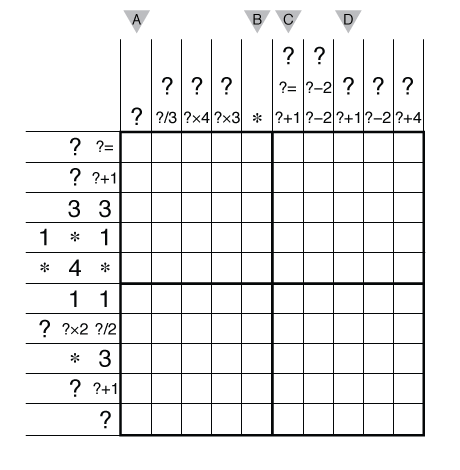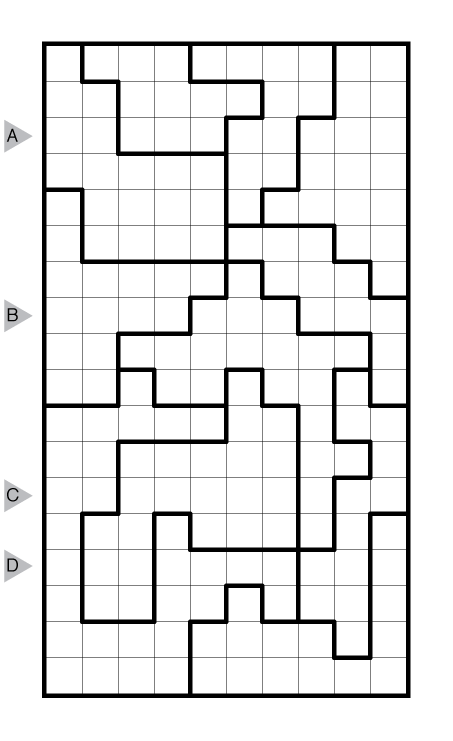Tapa (Different) by Thomas Snyder
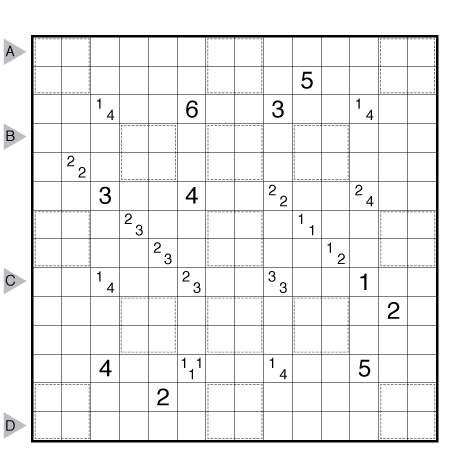
or solve online (using our beta test of Penpa-Edit tools; use tab to shift between shading mode and the composite Yajilin mode where left click marks cells, right click marks dots in cells or X’s on edges, left click+drag draws lines.)
Theme: 2×2 Squares (for Chris Green)
Author/Opus: This is the 292nd puzzle from Thomas Snyder, aka Dr. Sudoku.
Rules: Standard Tapa rules. Also, each dashed region must have a different combination of shaded and unshaded cells. See also this example (from Chris Green).
See also this example:
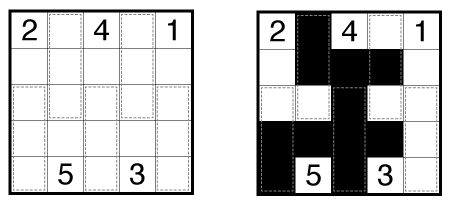
Answer String: Enter the length in cells of each of the shaded segments from left to right for the marked rows, starting at the top. Separate each row’s entry from the next with a comma.
Time Standards (highlight to view): Grandmaster = 10:00, Master = 17:00, Expert = 34:00
Solution: PDF; a solution video is also available here.
Note: Follow this link for other Tapa variations and this link for classic Tapa. If you are new to this puzzle type, here are our easiest Tapa puzzles to get started on. More Tapa puzzles can be found in The Art of Puzzles and in Tapa and Variations, both by Serkan Yürekli.

